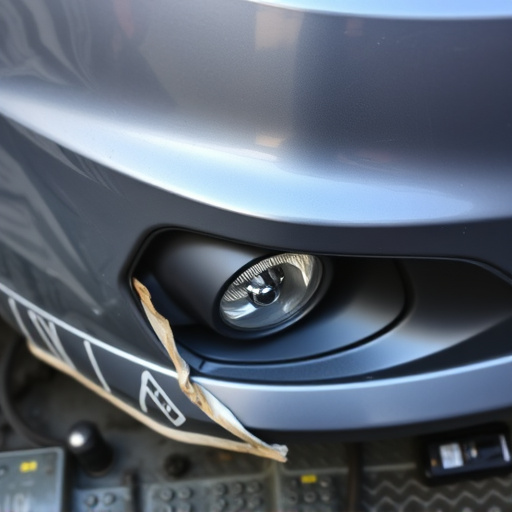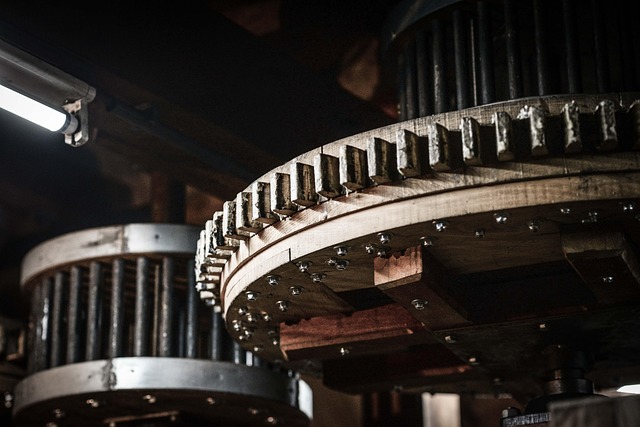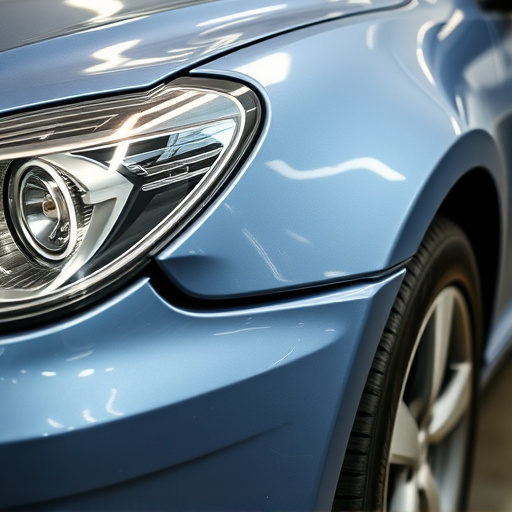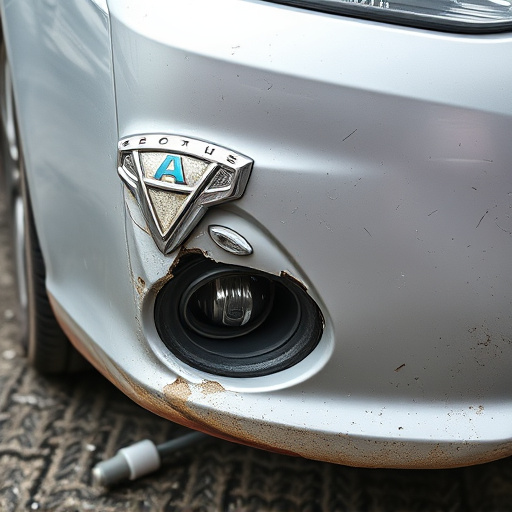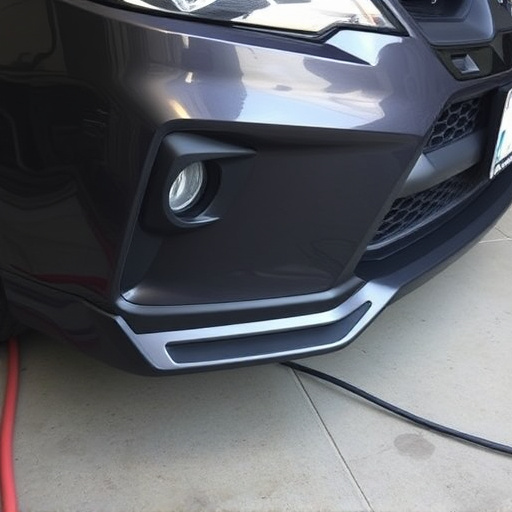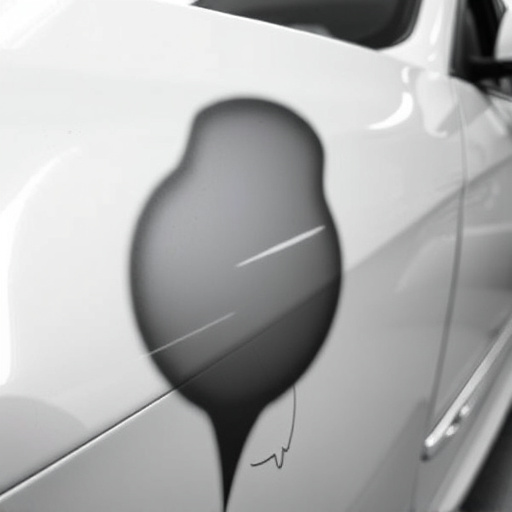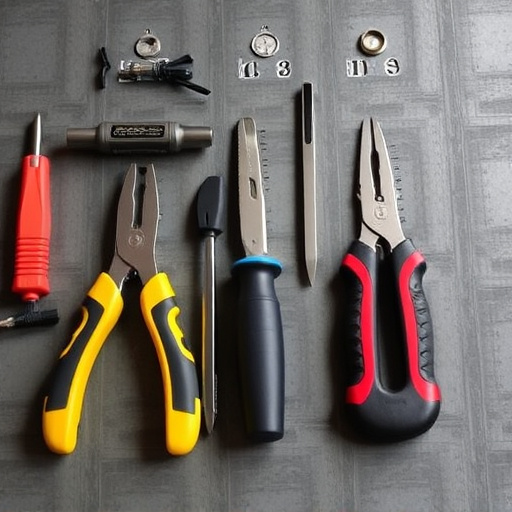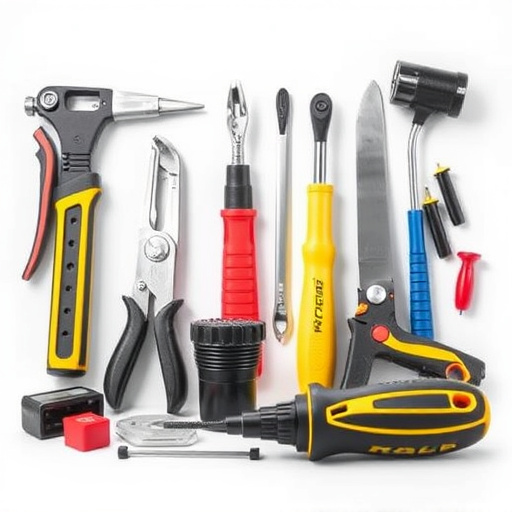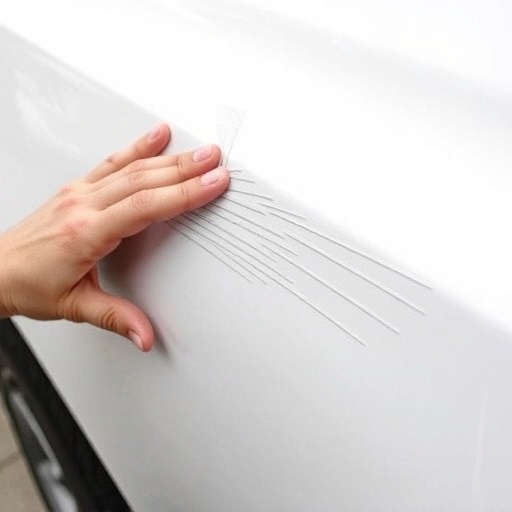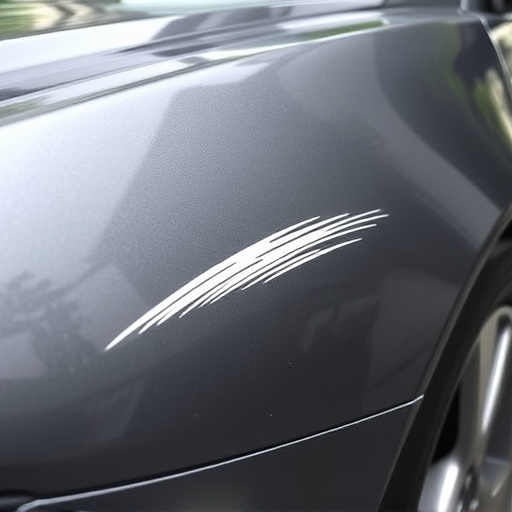Structural repair precision relies on advanced measurement technologies for accurate, undetectable fixes, especially in hidden components. Omitting post-repair verification can lead to long-term issues like water damage or reduced performance. This critical phase ensures quality and accuracy in tire services, car paint jobs, and collision repairs, maintaining aesthetics, safety, functionality, and resale value, from Mercedes Benz to bridges. Quality checks prevent hazards by correctly realigning materials beneath the surface, ensuring structural soundness, longevity, and resilience against environmental factors.
Structural repair precision is a critical aspect of ensuring the safety and longevity of any building. In this article, we delve into the paramount importance of verifying structural repair precision post-repair. Understanding why this step is essential, exploring the verification processes involved, and highlighting its numerous benefits will shed light on how it fosters stability and durability in construction projects. By adhering to strict quality checks, professionals can guarantee both safety and the long-term integrity of repaired structures.
- Understanding Structural Repair Precision Importance
- Post-Repair Verification Processes and Benefits
- Ensuring Safety and Longevity through Quality Checks
Understanding Structural Repair Precision Importance

When it comes to structural repair precision, every tiny detail matters. In the context of car collision repair or even simple tire services and car paint jobs, ensuring exactness is paramount for both safety and aesthetics. A skilled technician might be able to visually inspect their work, but human eyes can only catch so much—especially when dealing with intricate components hidden beneath the surface. Therefore, verification methods like advanced measurement technologies are indispensable tools in achieving superior structural repair precision.
Ignoring the importance of post-repair verification could lead to long-term issues. For example, a misaligned panel or an uneven paint job might go unnoticed immediately after the car collision repair but can cause future problems such as water damage or reduced aerodynamic efficiency. Thus, taking the time to verify structural repair precision is not just about achieving a visually appealing result; it’s about ensuring the longevity and safety of vehicles undergoing repairs, be it tire services, car paint services, or more complex procedures.
Post-Repair Verification Processes and Benefits

After a structural repair, verifying the precision and quality of work is an indispensable step. This post-repair verification process ensures that any potential issues or discrepancies are identified and rectified promptly. It involves meticulous inspections, often utilizing advanced technologies to measure and compare against original specifications. This stringent approach guarantees that the repair accurately restores the structural integrity and safety of the affected area, be it a building, vehicle, or any other complex construct.
Benefits of this verification extend beyond ensuring structural soundness. For automotive repair services, including hail damage repair on vehicles like Mercedes Benz, precise verification can maintain the aesthetic appeal, resale value, and overall performance. In the case of architectural repairs, it safeguards against future complications and costly retrofits. This meticulous check is a key differentiator between good and exceptional repair services, ensuring customers receive top-tier work that stands the test of time and various environmental conditions.
Ensuring Safety and Longevity through Quality Checks

When it comes to structural repair precision, quality checks are non-negotiable. These meticulous assessments ensure that every component of the repair is not just visually aligned but also meets the highest standards of safety and functionality. Imagine a car with an expertly mended dent; while it may appear flawless on the surface, internal misalignments could compromise its structural integrity during driving. Similar scenarios can be applied to larger structures like buildings or bridges, where even the tiniest error in repair precision could have severe consequences.
Regular and rigorous quality checks, therefore, serve as a critical safeguard for both the longevity of repairs and the safety of users. In the context of auto body repairs, car bodywork services, or any structural restoration work, these checks ensure that every dent is not just removed but also that the underlying materials are correctly realigned and reinforced. This meticulous approach to structural repair precision is what prevents potential hazards and ensures the restored structure can withstand the tests of time and use.
Structural repair precision is paramount for ensuring both safety and longevity of any building. Post-repair verification processes, while often overlooked, are crucial in maintaining these standards. By employing meticulous quality checks, we can guarantee that repairs not only look sound but also perform as expected, safeguarding against future structural failures and preserving the integrity of our built environments.

